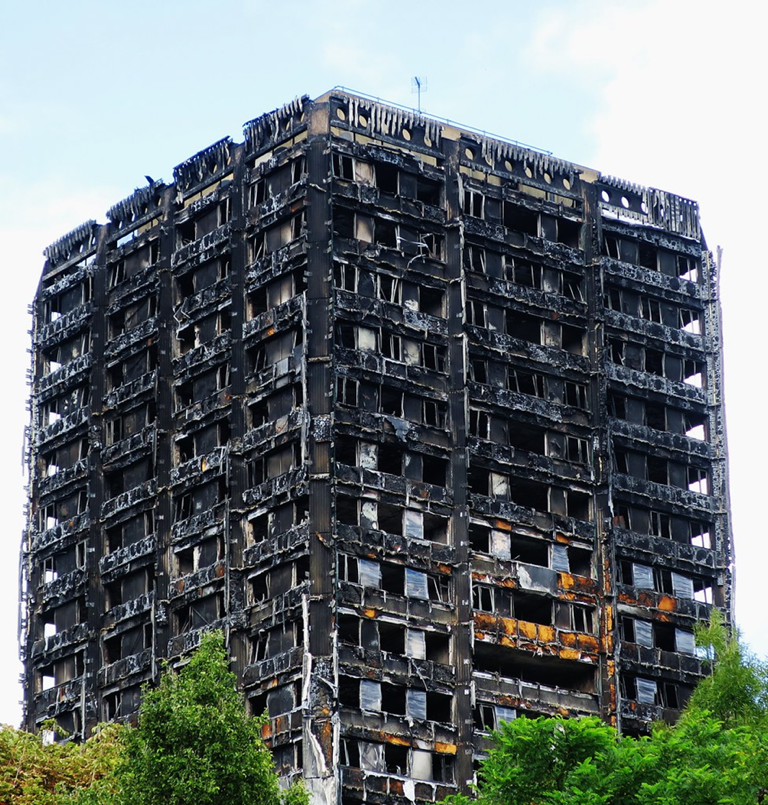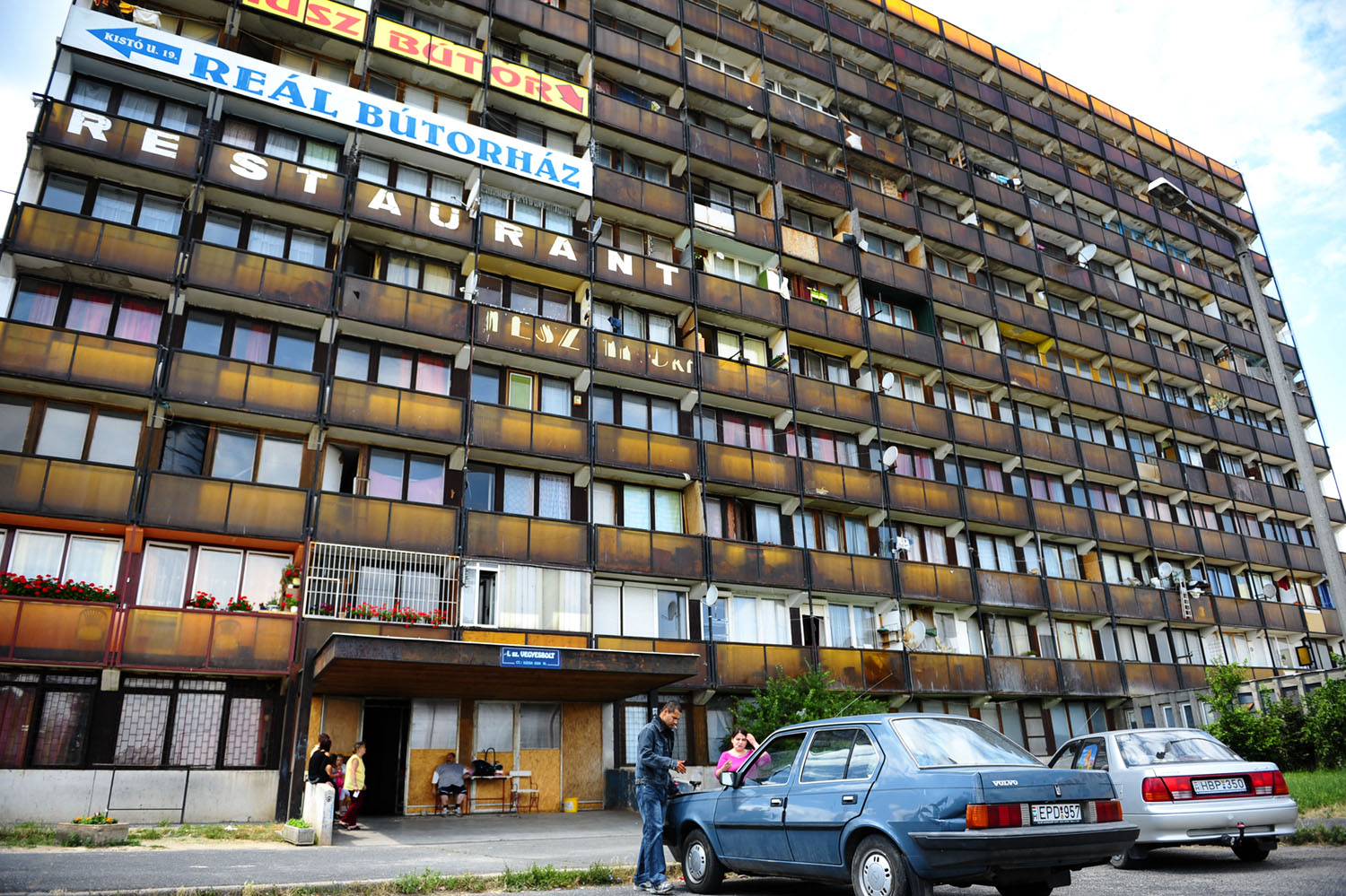Writing Task. The Two Towers (Hungary and UK)
Check here for a Hungarian version. // Itt hnézd meg a magyar verziót.
Both tower blocks of our example, Grenfell Tower in London UK (see Chapter 1 and this writing task), and a high-rise in Veszprém, Hungary (referred to as “The Tower of Inferno”) were once used as workers’ hostels, and are now stigmatised and marginalised, having several similarities (but of course also differences). The construction and housing function of these two tower blocks can help us to understand the global and post-socialist (Hungarian) context of housing precarisation. With the help of the PusH textbook and Hungarian academic studies and other secondary sources (newspaper articles, videos), the aim of this e-learning task is to help students to compare the socio-political and housing context of the construction and decline of the “two towers”, as well as to identify the global and local social, economic, and political processes that affect the lives of households living in the towers (and, more broadly, the lives of social groups living in housing poverty).
 |
 |
|---|---|
| Source: Alex J. Donohue, licensed under CC BY-NC-ND 2.0 |
The Tower of Inferno', Veszprém, Central Transdanubia, Hungary' © Kurucz Árpád , nol.hu |
Read and write:
Based on the sources listed below, get to know the history of the construction, the settlement, and the impact of London’s Grenfell Tower and Veszprém’s “Towering Inferno”. As you read through the sources, answer the following questions (≈100 to 200 words each):
- What do you think, why the history of these two towers is interesting from a housing point of view?
- What is the history of the construction of the two towers? Where, when, why, and for whom they were built?
- What are the main socio-political reasons for the decline of these buildings?
- How did the physical deterioration of the buildings contribute to the negative change in the quality of life of the people living in them?
- What are the housing mobility characteristics of households living in these buildings?
Groupwork (optional) :
Students should form groups and fill in the table below using their knowledge derived
from the above sources. Each group should discuss one of the aspects in detail,
and then the groups should report to each other on the aspects they selected
and discussed.
|
London’s Grenfell Tower |
Aspects from the readings |
Veszprém’s “Towering Inferno” |
|
|
Description of the case: why these buildings are interesting |
|
|
|
The circumstances of construction: when, where, for whom, and why? |
|
|
|
Socio-political causes of the decline of the buildings |
|
|
|
Causes, stages, and effects of the physical deterioration of the buildings on their dwellers’ housing |
|
|
|
(Housing) mobility characteristics of vulnerable social groups living in the buildings |
|
Sources :
- Grenfell Tower Case study. Source: Bolt, G. and Darling, J. (2021). Precariousness and the Right to Housing in S. Münch and A. Siede (eds.), PusH Working Paper Series, Working Paper 1 (Version 06/2021). PusH Strategic Partnership.
- Timár Judit, Nagy Erika (2007): A középvárosi dzsentrifikáció és társadalmi hatásai a posztszocialista Magyarországon. In: Enyedi György (szerk.): A történelmi városközpontok átalakulásának társadalmi hatásai. MTA Társadalomkutató Központ, Budapest. pp. 293-318.
- Wirth Zsuzsanna (2009): "Mi nem vagyunk itt emberek senkinek" - a hírhedt veszprémi toronyház története. https://www.origo.hu/itthon/20090929-veszprem-hazgyari-ut-riport-a-pokoli-toronybol.html
- Fókusz magazinműsor: Pokoli torony: https://www.youtube.com/watch?v=YLdgZmEyqCY&t=101s&ab_channel=NEMETHALOZAT